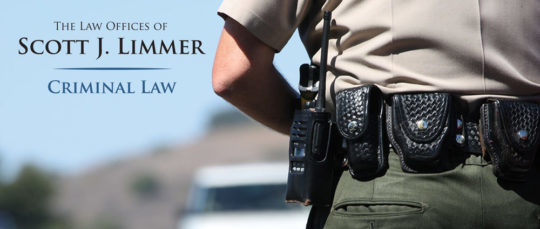New York, like nearly every state, has a law against texting while driving, yet the practice is still fairly common, according to surveys of driver behavior. One reason is how difficult it is to detect: unless a driver admits it, or a police officer observes a driver using a handheld electronic device, there’s rarely any way to prove a violation.
Just as portable “breathalyzer” devices to test alcohol on a driver’s breath helped reduce drunk driving from being the main cause of fatal motor accidents 60 years ago to now accounting for about a third of that total, some argue for a comparable “textalyzer” device to show police whether a driver was using a cellphone or other electronic device right before an accident. Cellebrite, an Israel-based firm, has produced a prototype – a tablet-sized device which, when a cellphone or other communications device is plugged into it, shows if and at what time that device has been texting or connecting to apps.
Bills to authorize police to field test a “textalyzer” device were offered in the New York legislature in each of the past two years, but none made it to the floor of either chamber. Last July, Gov. Andrew Cuomo directed the Governor’s Traffic Safety Committee (GTSC), a group of senior executives representing about a dozen New York state agencies, to study the technology, as well as any legal or constitutional issues its use might raise.
Last fall, the GTSC held three public hearings on the issue, and the group continues to study the potential pros and cons of textalyzers, though a target date has not yet announced for its final report. A favorable report might bill momentum for legislation to allow police in New York to use textalyzers in accident investigations, and push lawmakers to make New York the first jurisdiction anywhere to authorize use of the device.
For that to happen, however, substantial objections from privacy advocates will have to be overcome. The American Civil Liberties Union and its New York chapter argue the device offers serious potential for abuse, by allowing wide-ranging probes of information on suspects’ phones (backers of the device say it can show when a cell phone or other communication device has been used, but would not reveal the content of calls or texts).
Police in New York already write over more than 200,000 tickets annually for drivers’ cell phone use. Some opponents foresee textalyzers could offer a tempting income source for law enforcers that set up checkpoints to check on drivers’ illegal use of their phones.
A more fundamental constitutional issue certain to be raised if police use of textalyzers is authorized is whether that amounts to a search that, under the 4th Amendment, requires a showing of probable cause. In 2014, the U.S. Supreme Court unanimously decided a case (Riley v. California) holding police generally may not make a warrantless search of a cell phone seized from someone who has been arrested. In that case, the decision written Chief Justice John Roberts viewed cell phones, which he described as types of “minicomputers,” as inherently different from the type of items for which searches have been traditionally allowed during an arrest.
